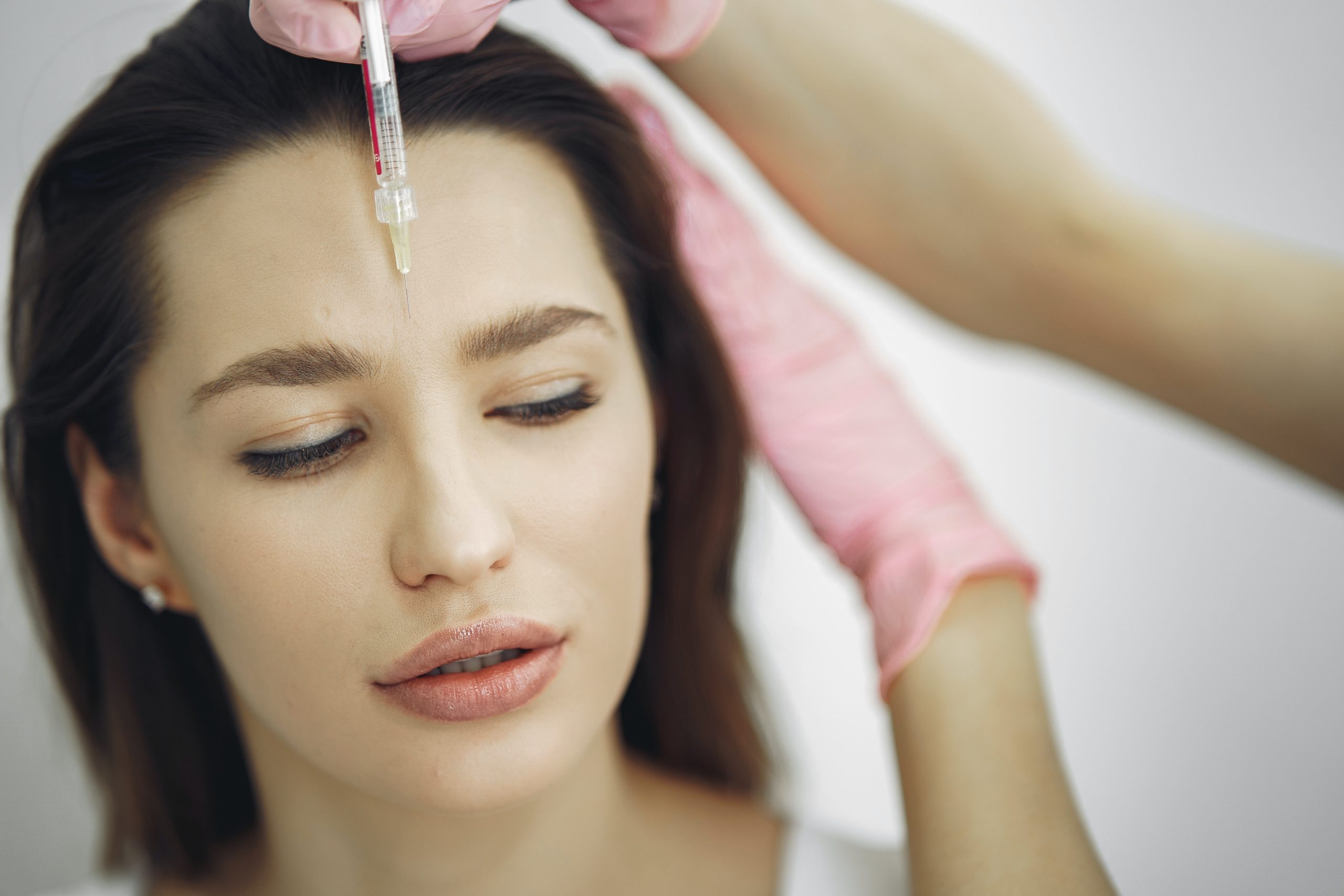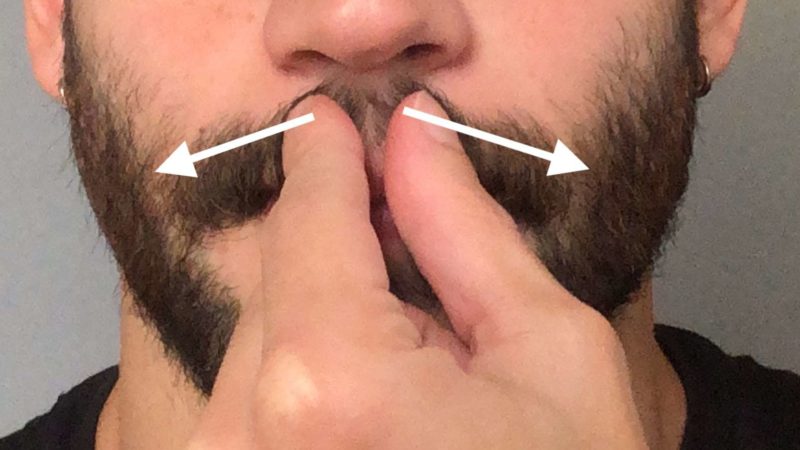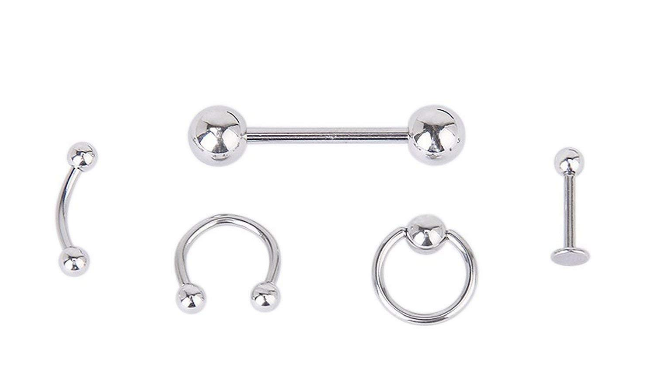Who Will Win The Beauty War Between Botox and Fillers?

The line between botox vs. fillers may seem a little blurred, but these two are very different things in reality. If you are just starting out your journey of injectable beauty treatments, it might be confusing to figure out which one is best for you between botox and fillers.
Keeping these points in mind, we have put together a post dedicated entirely to botox vs. fillers and all the important things that you need to know before considering a treatment. Read this post to find out which one is the best treatments for you:
What is Botox?
Botox has been on the market for more than two decades. It is basically a muscle relaxer made from the bacteria Clostridium botulinum to treat neurological disorders that cause muscles to weaken. Botox is also used to treat migraines and several other medical conditions.
However, in the beauty industry, botox is primarily used to treat dynamic wrinkles appearing around lips and eyes and even on the forehead. These wrinkles become more pronounced with growing age, and botox injections help to relax these weak muscles. It reduces the movement of muscles, thereby reducing the appearance of dynamic wrinkles.
Botox injections do not work well for fine lines that are caused due to collagen breakdown. The doctor injects botox to the concerned area or wrinkles, and it takes a few minutes for injections to start showing results. Within two weeks, you will see a noticeable difference in the appearance of your face.
Read More- These Are The Best Hydrating Serum To Get Plum and Hydrating Skin
How Long Does Botox Last?
According to AAOS, you are most likely to see the effects of botox injections within the first week. There are only minimal side effects, and they go away after a short time. After getting the injections, you can continue doing daily activities like before without waiting for recovery time. The effects of botox last for up to 3-6 months, depending on the individual. If you wish to maintain the results, you will have to keep taking regular treatments.
Botox Risk and Side Effects
Although there are very rare chances of botox side effects, there is a risk of tenderness and bruising at the injection site with any injection into the skin. According to AAOS, Botox is recommended only for people with good health conditions to minimize the chances of side effects.
Here we have listed some possible side effects associated with botox injections?
Possible botox side effects
- Signs of bruising at the injected area
- Droopy eyelids, which takes weeks to resolve
- Irritation and eye redness
- headaches
You can use eye drops before you get botox injections to reduce some of the possible side effects. Also, if you are taking blood thinners, it would be best to stop them a few days before minimizing bruising.
You should not get Botox if you:
- Are Nursing or pregnant
- Are you facing skin issues like deep scars or thick skin
- Have weak facial muscles
- Have neuromuscular disease like multiple sclerosis.
How Much Does Botox Cost?
Like any other cosmetics treatment, the prices of Botox vary widely depending on the region where you get the treatment done. There are some doctors that charge on a per-unit basis while others on a total area basis. In general, you can expect the botox treatment cost to be about $400-$500 per area.
What Are Dermal Fillers?
Dermal Fillers are a group of injectable products designed specifically to add volume to tissues. There Are several types of fillers like collagen-stimulating, hyaluronic acid (most common), and permanent fillers (silicone), etc. Dermal fillers can be injected in places that need skin revitalization or replace the lost volume. These are also used to treat wrinkles on the face like smile lines and plump up the cheeks and lips.
In some cases, dermal fillers are also used to minimize the appearance of scars. Below we have listed some of the dermal filler options approved by the U.S Food and Drug Administration.
- Collagen- a temporary filler that can last for four months
- Calcium hydroxylapatite- temporary gel solution that leaves effects for 18 months
- Hyaluronic acid- a temporary filler with an effectiveness that lasts for up to 4-8 months
- poly-L-lactic acid- this is a human-made material that can remain effective for upto two years.
- Polymethylmethacrylate beads- the only permanent type of dermal fillers available in the market
Dermal Fillers Side Effects
When comparing botox and fillers, dermal fillers have more chances of causing side effects than getting botox. Most of the side effects are very rare, and moderate side effects will go away within two weeks.
Below we have mentioned a list of possible dermal filler side effects.
Possible fillers side effects:
- allergic reaction
- numbness
- Infection
- bruising
- itching
- scarring
- redness
- Sores
In rare severe cases, there is a chance of long-term swelling on the face. In this situation, using ice packs can help to prevent temporary swelling and numbness. To reduce the chances of dermal filler side effects, it is advisable to do allergy testing before getting dermal fillers.
Note:- People who smoke regularly should avoid getting dermal fillers. Because with both Botox and fillers injections to see maximum results with few side effects, it is mandatory to be in good health.
How Long Do Fillers Last?
The answer to this question depends on the type of fillers you are getting. Some types of dermal fillers can last for six to eighteen months, while other dermal fillers can last for as long as five years.
Most types of dermal fillers contain hyaluronic acid, a compound that helps to boost the production of collagen and elastin in the skin. It helps the skin absorb water, making your skin look brighter, firmer, and more hydrated. The thicker will be the hyaluronic acid gel, the more volume you will get after the injection.
Lip augmentation has thinner gel, and cheek dermal fillers have thicker gel and are designed to last for longer periods.
Read More- These Are Best Eyebrow Growth Serum For Thicker Boy Brows
How Much Do Fillers Cost?
Dermal Fillers are usually injected by plastic surgeons and dermatologists; they are also administered by healthcare providers. The cost of getting dermal fillers varies depending on which filler to be used as well as how many are used. Below we have done an estimated breakdown of per syringe filler cost as provided by the American Society of Plastic Surgeons.
- poly-L-lactic acid (Sculptra, Sculptra Aesthetic): for $773
- hyaluronic acid: for $644
- calcium hydroxylapatite (Radiesse): for $687
- polymethylmethacrylate beads: for $859
- collagen: for $1,930
These costs are only the estimated average of each dermal filler treatment. Always talk to your healthcare provider to provide exact estimates of doing treatments to meet your specific goals.
Final Words:
When comparing botox vs. fillers, it is clear that dermal fillers provide more long-term results, but they also carry more risk of side effects than botox injections. Also, keep in mind that both Botox and dermal fillers are used to target different problems in different areas of the face. These treatments are also used in conjunction with other treatments to provide desired results. Before choosing any one between botox and dermal fillers, talk to your healthcare providers and weigh all your options carefully.
Have you ever got a botox or filler done? If yes, share your experience in the comments below.






